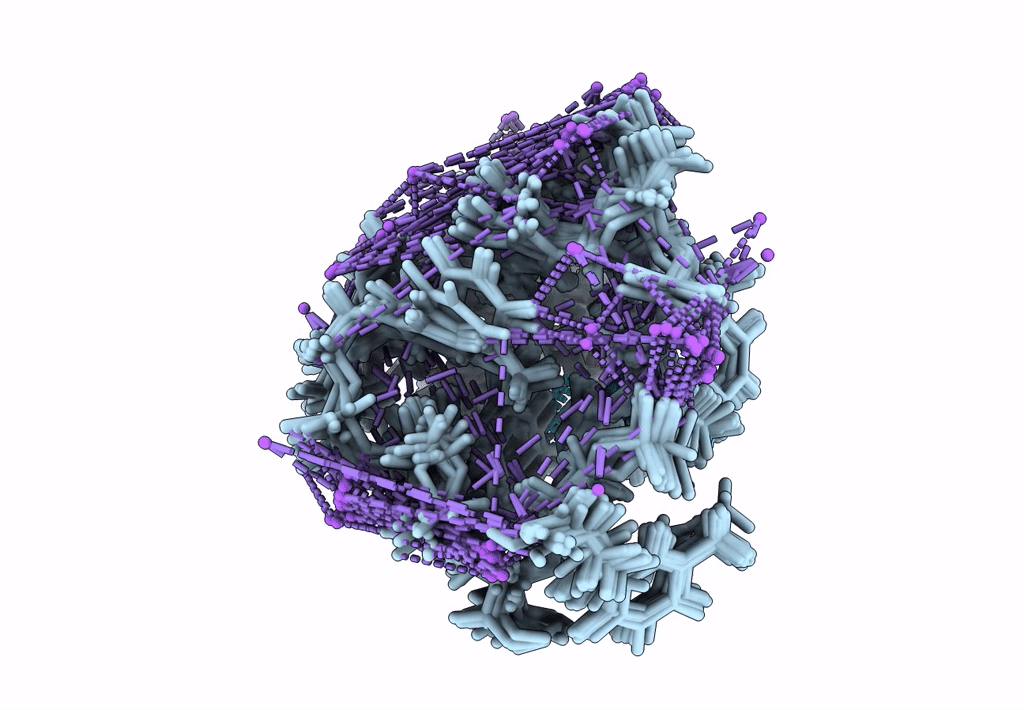
Deposition Date
2022-07-07
Release Date
2023-01-11
Last Version Date
2024-05-15
Entry Detail
PDB ID:
7YF7
Keywords:
Title:
NMR solution structures of the DNA minidumbbell formed by two ATTTT repeats
Biological Source:
Source Organism:
Homo sapiens (Taxon ID: 9606)
Method Details:
Experimental Method:
Conformers Calculated:
600
Conformers Submitted:
15
Selection Criteria:
structures with the lowest energy


